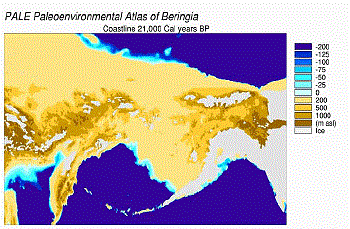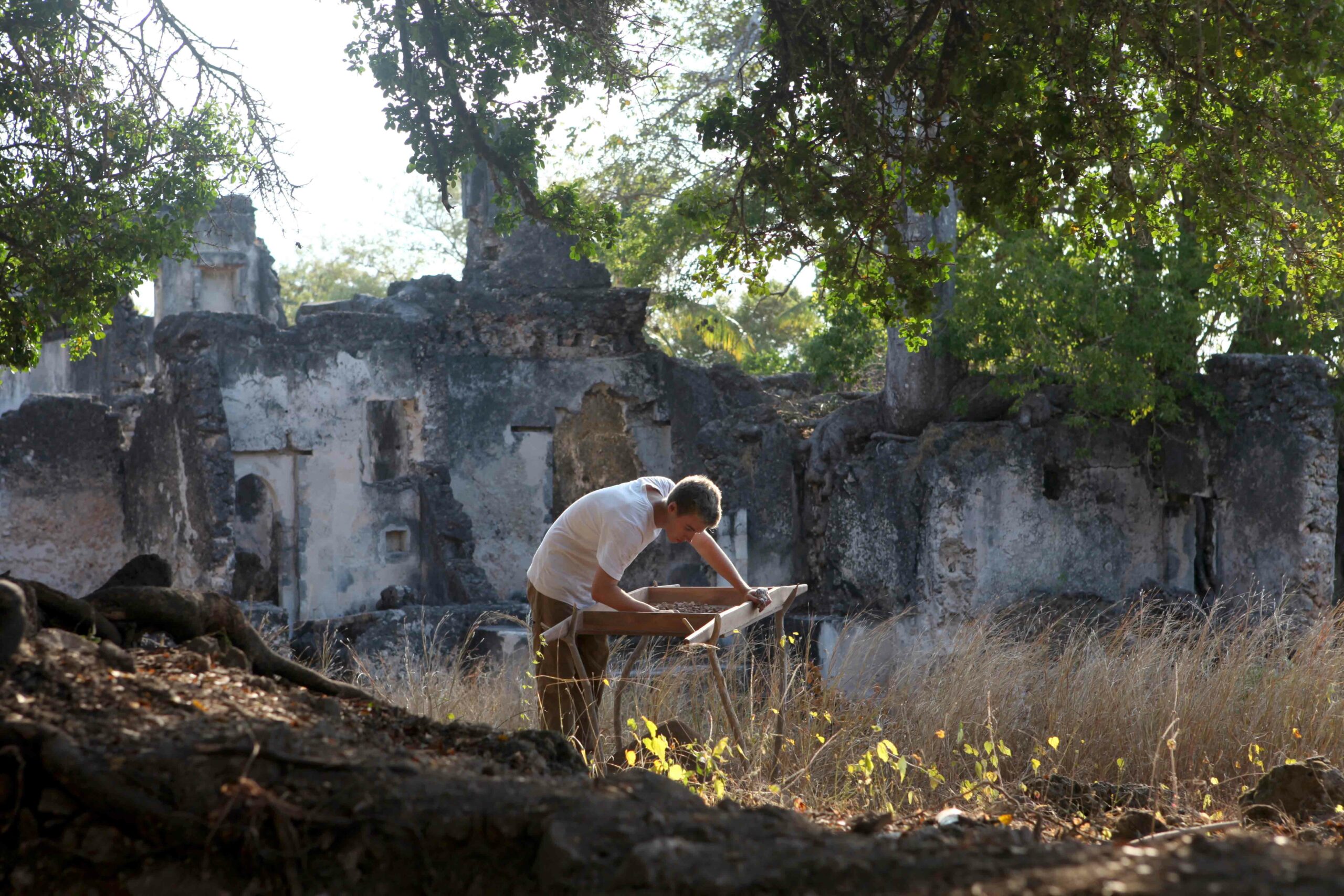
BOULDER, COLORADO—A review of genetic evidence suggests that the Native American founding population lived in Beringia for thousands of years before migrating south into North America. And sediments taken from the Bering Sea show that at the time, the region also had woody plants for building fires, and grassland steppes where woolly mammoths and other game animals could have grazed. “The central part of Beringia was probably the mildest, most comfortable place to live at high latitudes during the last glacial maximum. It’s the most logical place for a group of people to hunker down,” John Hoffecker of the University of Colorado, Boulder, told Live Science. Archaeological evidence of their presence has yet to be found, however.









